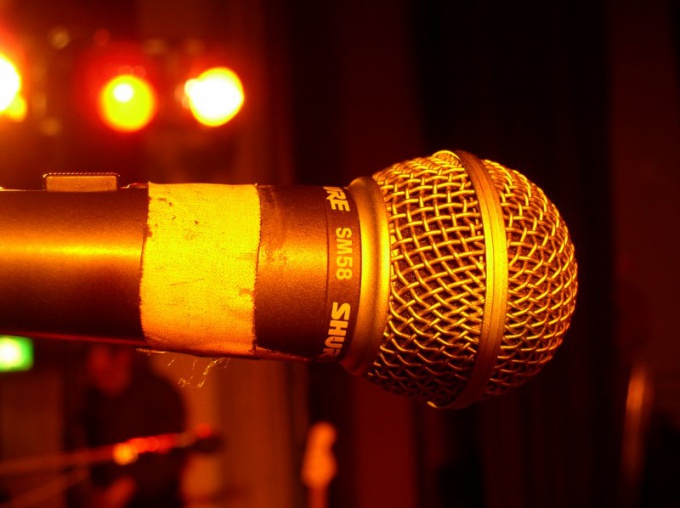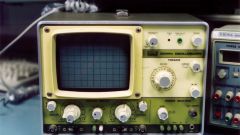You will need
- - sensitive microphone;
- - frequency;
- - oscilloscope;
- - tuning fork:
- - calibrated audio oscillator;
- - low frequency amplifier.
Instruction
1
The most accessible method is to measure the frequency on the frequency counter. Connect the microphone and raise it to the source of the sound. On a scale of the frequency view, the sound of some frequency you received. If the signal level is insufficient to measure, reinforce it by using an electronic audio amplifier.
2
If frequency counter does not appear, measure the frequency of oscillations with an oscilloscope and sound generator. The circuit of the microphone and audio amplifier connect to one of the pairs of plates of the oscilloscope (e.g., Y), and the output of the audio generator to the other pair of plates, i.e., H.
3
Turn the assembled circuit devices and define the frequency of the sound signal in the Lissajous figures on the oscilloscope screen. You can use the oscilloscope gain settings, and, if any, dividers and frequency multipliers.
4
All the above methods are based on conversion of sound signals into electric. But there is a more old-fashioned method of determining the sound frequency of the tuning fork. If the sound is loud enough, then the stem of the tuning fork just hard fix to the source of the sound. Moving the jumper will slip on the divisions to create the maximum vibration of antennae of the device. Frequency define the scale divisions marked on one of the whiskers. For that experience necessary vintage classic tuning fork with a moving crossbar. Devices designed to adjust certain notes, for the measurement of unknown frequencies of the sound.
5
To measure the tuning fork method, the frequency of the weaker sounds of the instrument are fitted with special cavities in the form of sockets, boxes, etc. They are made of wood or metal. The same resonators are used to measure sounds from remote sources.
6
On the same principle as a tuning fork, work string tester frequency sound. He is the second title of the monochord. In this case, the jumper with the frequency pointer moves along a stretched string, a scale marked on the base frame of the device. The monochord is more accurate than a tuning fork. But it requires configuration and calibration immediately before the measurement.

